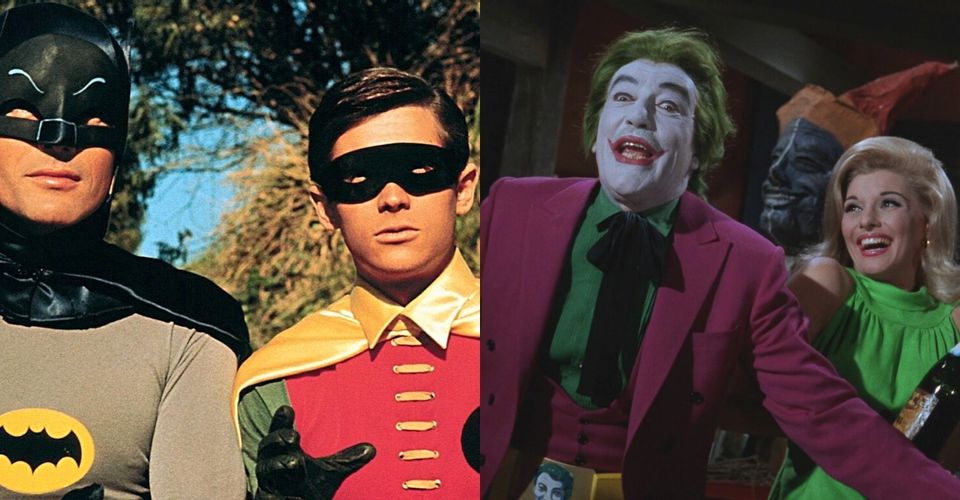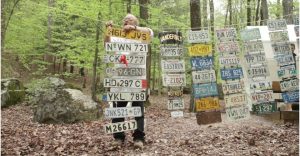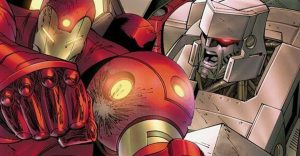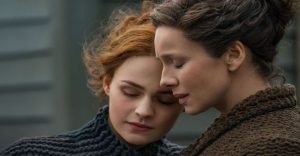10 Best Retro Tropes From The ’66 Batman Series

While it’s certainly overly campy compared to the superhero shows of today, the original Batman TV series helped pave the way for other entries in the genre that followed. Arguably, if it wasn’t for this adaptation, fans might not have shows like Gotham or Arrow. It might have its tropes and cliches, but said tropes helped shape later versions that went on the air.
The original series was meant to be a comic book come to life, relying on bright colors, over-the-top acting, and comedic sound effects to best adapt the Dynamic Duo to the small screen. It wasn’t easy bringing Batman off the panels, but the Adam West version has since become delightfully retro.
Over-The-Top Narration

Every episode would always begin with a descriptive narration from William Dozier, normally beginning with the words “Gotham City.” Like the yellow-paneled boxes of text in the comics, the narration is used to set the scene and provide exposition for the television audience.
Similar to such set-ups as “Meanwhile at the Hall of Justice,” the narration is one of the first elements introduced in the series that try to give it a comic-book feel. Although it’s not used in most modern superhero TV shows, it was an element that would later be used in others of the era.
A Special Guest Villain

A common trope of TV in general is getting a very famous name to play a film’s villain or guest character. And while Batman wasn’t the first to use this trope, it did make it one of its most identifying features. Including famous names such as Cesar Romero, Burgess Merideth, and even Vincent Price in the villain roster, the Rogues Gallery became one of the main reasons to watch the show.
While Adam West and Burt Ward were icons of ’60s TV, the real star power came from the villains and their unforgettable performances. From the egg-based puns of Egghead to the fiendish cackle and painted face of the Joker, the chops of the famous character actors helped continually draw viewers in for the long haul.
Police Are Clueless

One trope that has persisted out of the ’60s is how easily a city’s police force is duped by whatever villain has hit the scene. Although the more modern villains have resorted to using more devastating and evil methods to wreak havoc on the city, the police have to be easily beaten to make the heroes look better.
That all being said, Commissioner Gordon and Chief O’Hara are utterly useless at times, so much so that it reaches rigamarole status by the fourth episode. If it wasn’t for Batman and Robin, the city would be overrun with bigger problems than the Joker or the Penguin.
Dimwitted Henchmen

Every decent villain needs a side-order of hired muscle to help them orchestrate their plans, and the ones on Batman were no different. In reality, they’re mostly there just to take a beating from the Dynamic Duo while their boss tries to get away, but they do make the action sequences all the more enjoyable.
Modern alternatives to the Joker’s goons or Catwoman’s burglars might be the Court of Owls or League of Assassins, but even modern superheroes still know how to brawl their way through the hired thugs. The fights might not be as over-the-top as they used to be, but the sentiment is still there.
The Villain’s Girlfriends

Before there were characters like Harley Quinn, the original TV series always gave their special guest villain a lovely assistant. Normally used as the “straight-man” to the over-the-top persona of the special guest villain, the gals in question weren’t just the secretary or the arm candy. At times, they even tried to help foil the Dynamic Duo.
For the time, this was a pretty big step. While there were gorgeous femme fatales like Catwoman prowling about, supervillainy was very much a man’s game. In an age where TV shows were slowly becoming more and more progressive, this was a step in the right direction.
Fakeout Failures

The series was practically infamous for its cliffhangers, typically showing Batman and Robin in some sort of villainous deathtrap before the credits roll and the announcer asks “Is this the end of the dynamic duo?” As the viewers are asked to return the following night, same bat-time and same bat-channel, suspension increased before the thrilling conclusion.
Of course, Batman and Robin always escape and fight the bad guys to save the day, but ’60s audiences were often fooled by the fakeout. At least they were for a while. Two-parter episodes are still present in the genre today, but with much more attention to drama rather than over-the-top death traps.
Robin’s One-Liners

Robin’s exclamations of “Holy ___, Batman!” are something of superhero legend, but this wasn’t his only famous phrase sprinkled throughout the show. On the contrary, Robin had several quirky one-liners that helped define his character, a feature that has been drastically toned down since the ’60s.
Granted, this might be to a change in both decade and image, but Burt Ward’s spitfire portrayal of Robin the Boy Wonder set the bar for the rest who donned the tights after. He might be cliche, but he’s a beloved cliche nevertheless.
Pun-Riddled Dialogue

If there’s one thing that everyone in the entire cast is guilty of, it’s the relentless onslaught of puns and quips that riddle the show. While it might be expected from characters like the Joker, the Riddler, Robin, and even Catwoman on occasion, it’s remarkable how many characters can turn a phrase at the drop of a hat.
This is where the show starts to veer away from the dark and mysterious nature of the Dark Knight presented in the comic books and more toward a comedic direction. Batman isn’t immune from a bit of light-hearted fair once in a while, but it’s a rarity that the Caped Crusader makes an outright joke these days.
Shoe-Horned Moral Messages

Superheroes should be an outstanding moral influence, Batman included, but sometimes the strangely-placed moral lessons shown in the series feel more than a little bit odd. Batman and Robin are fine role models for an anti-crime message, but sometimes the truth and justice morals feel forcefully written in their dialogue.
Batman and Robin never really get preachy, but the lines about the importance of studying, staying in school, and working hard feel somewhat forced in a Batman show. The dialogue would be more at home in a PSA or after-school special, but it soon became a trope of the series.
Comic-Styled Sound Bubbles

Perhaps the most iconic visual of the series was the brightly-colored comic-book-styled sound bubbles that splat across the screen whenever Batman, Robin, or one of their many foes receives a particularly heavy blow. This was done to best bring the comics to a more television-appropriate format, and it certainly worked.
Every “Biff,” “Pow,” “Zap,” and “Crash” that saturated the screen back in the ’60s was an essential part of the show’s identity. Without them, the brawls against the bad guys seem like a standard-issue stunt show used to inflate the episodes to fit the runtime.
About The Author
















